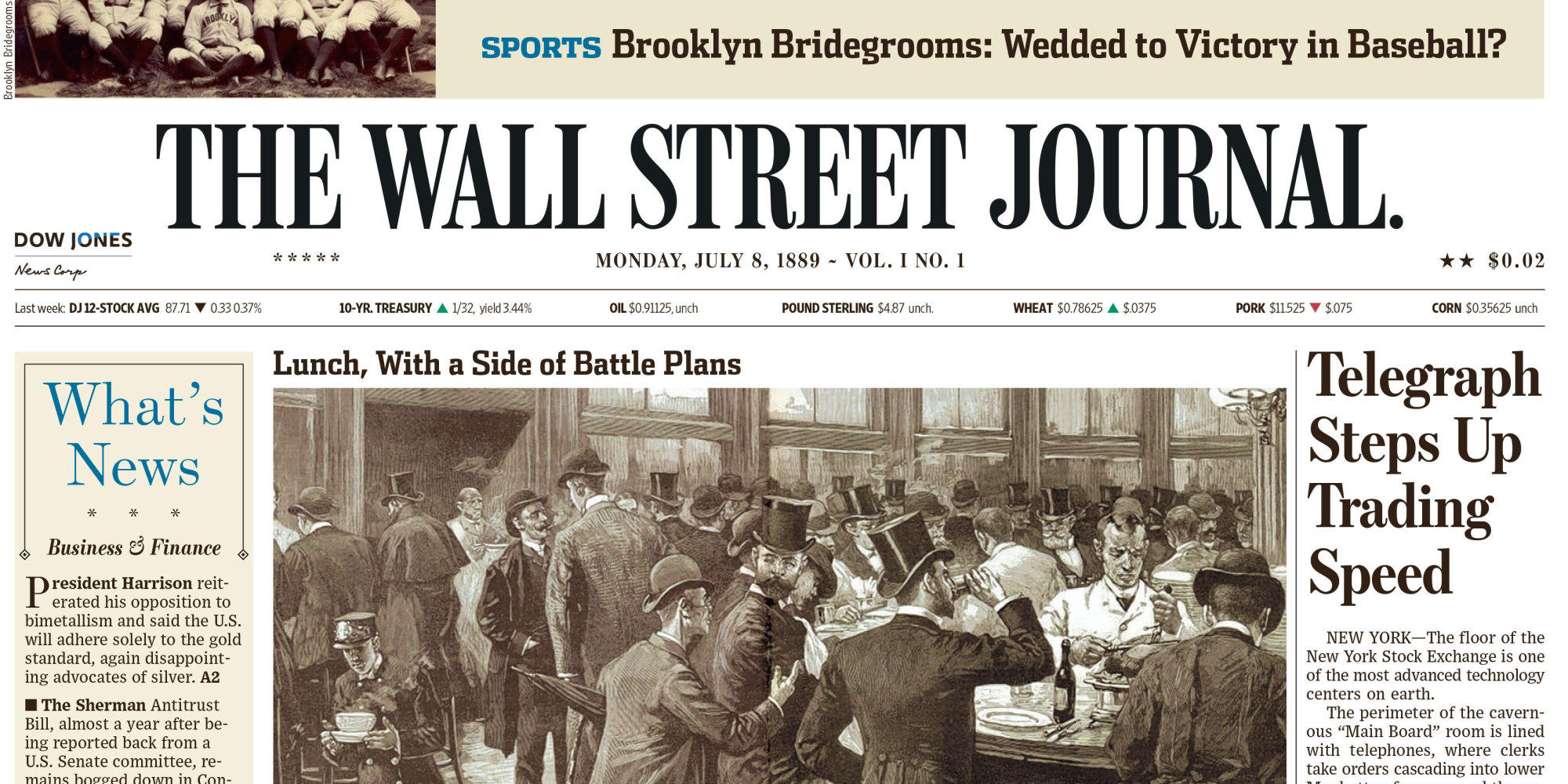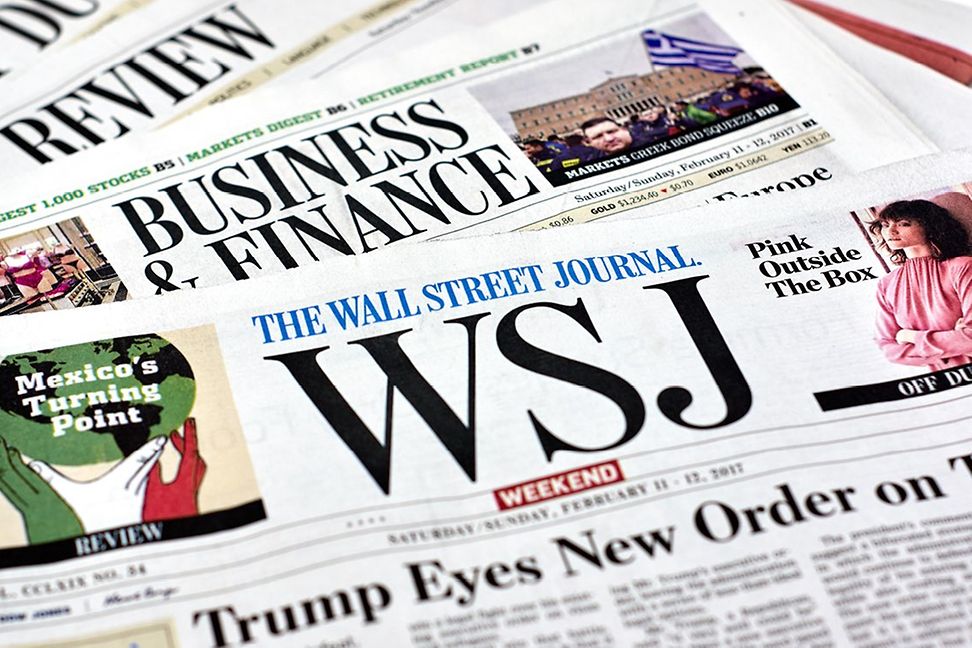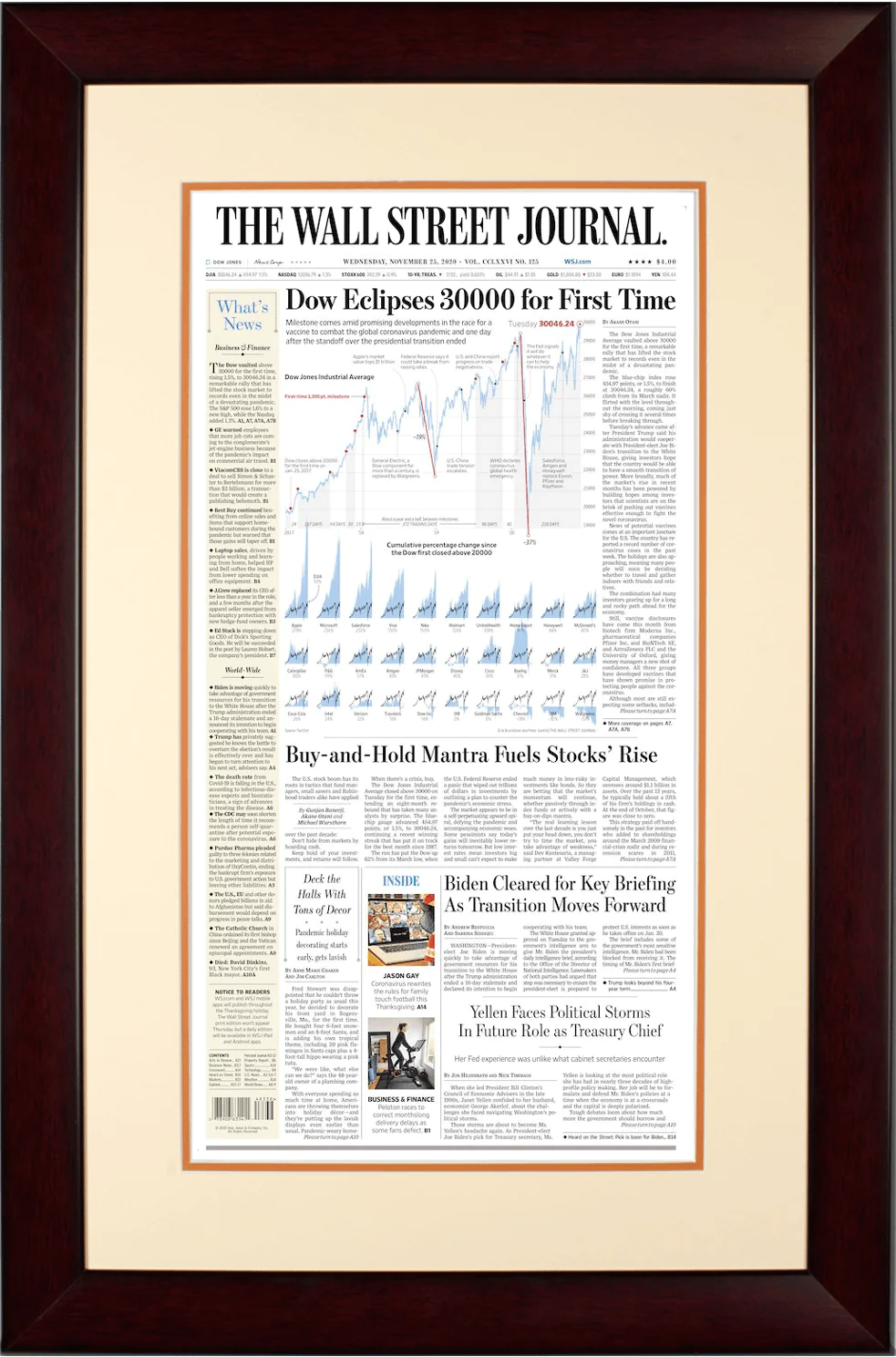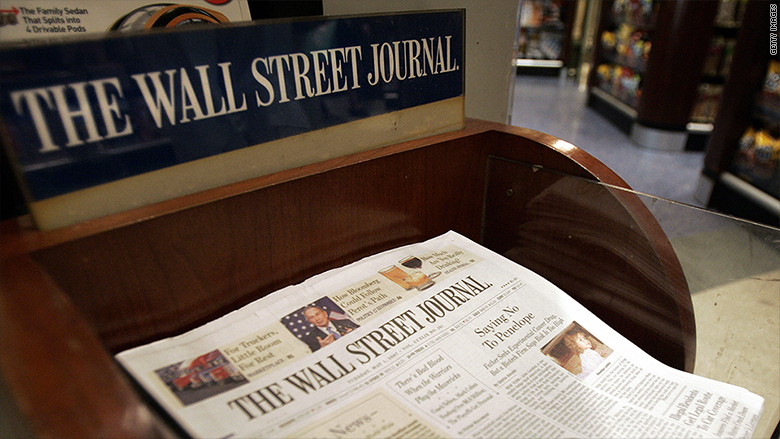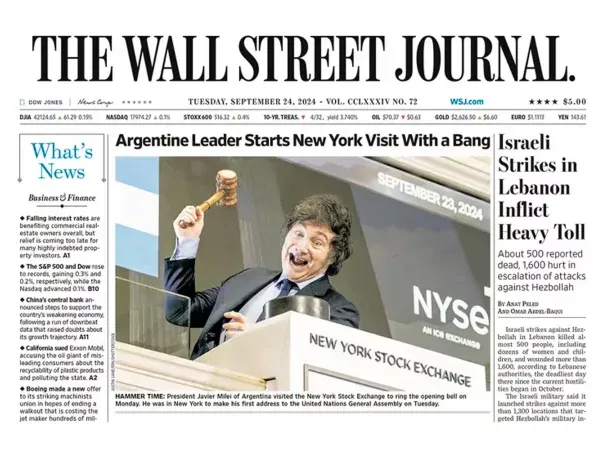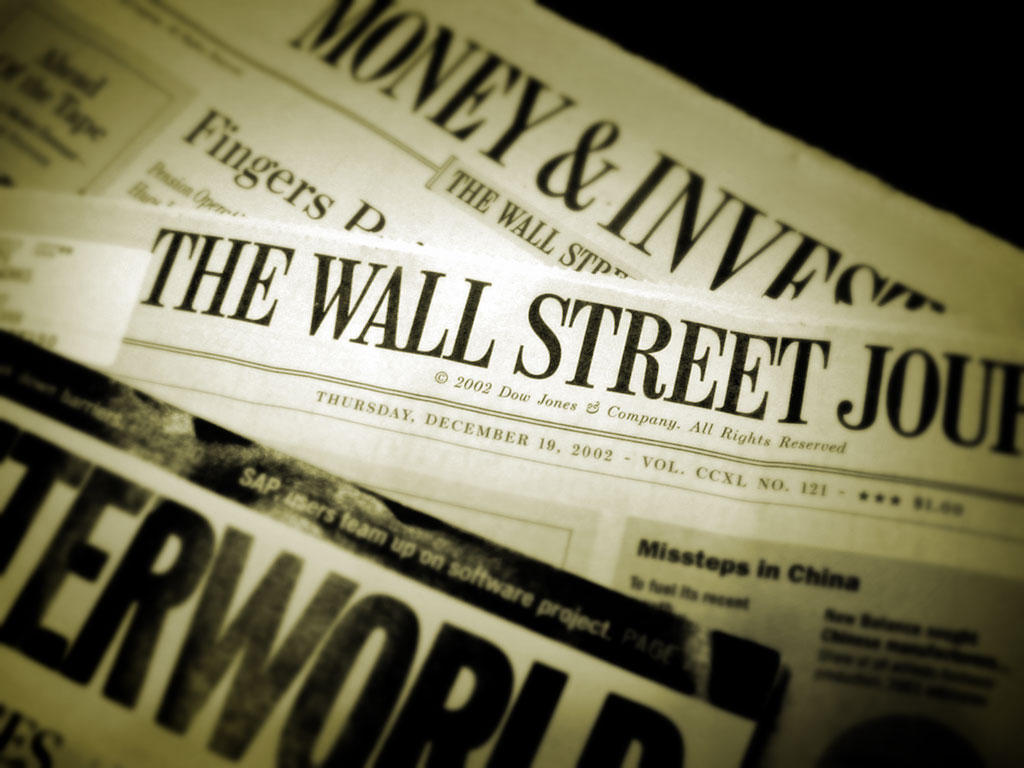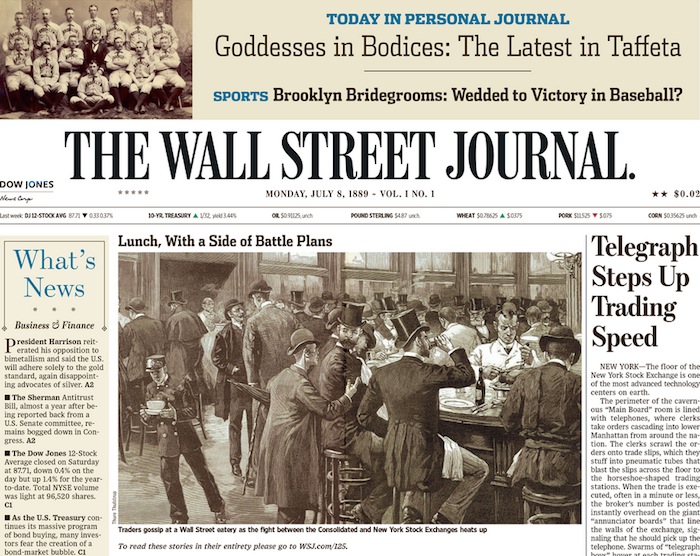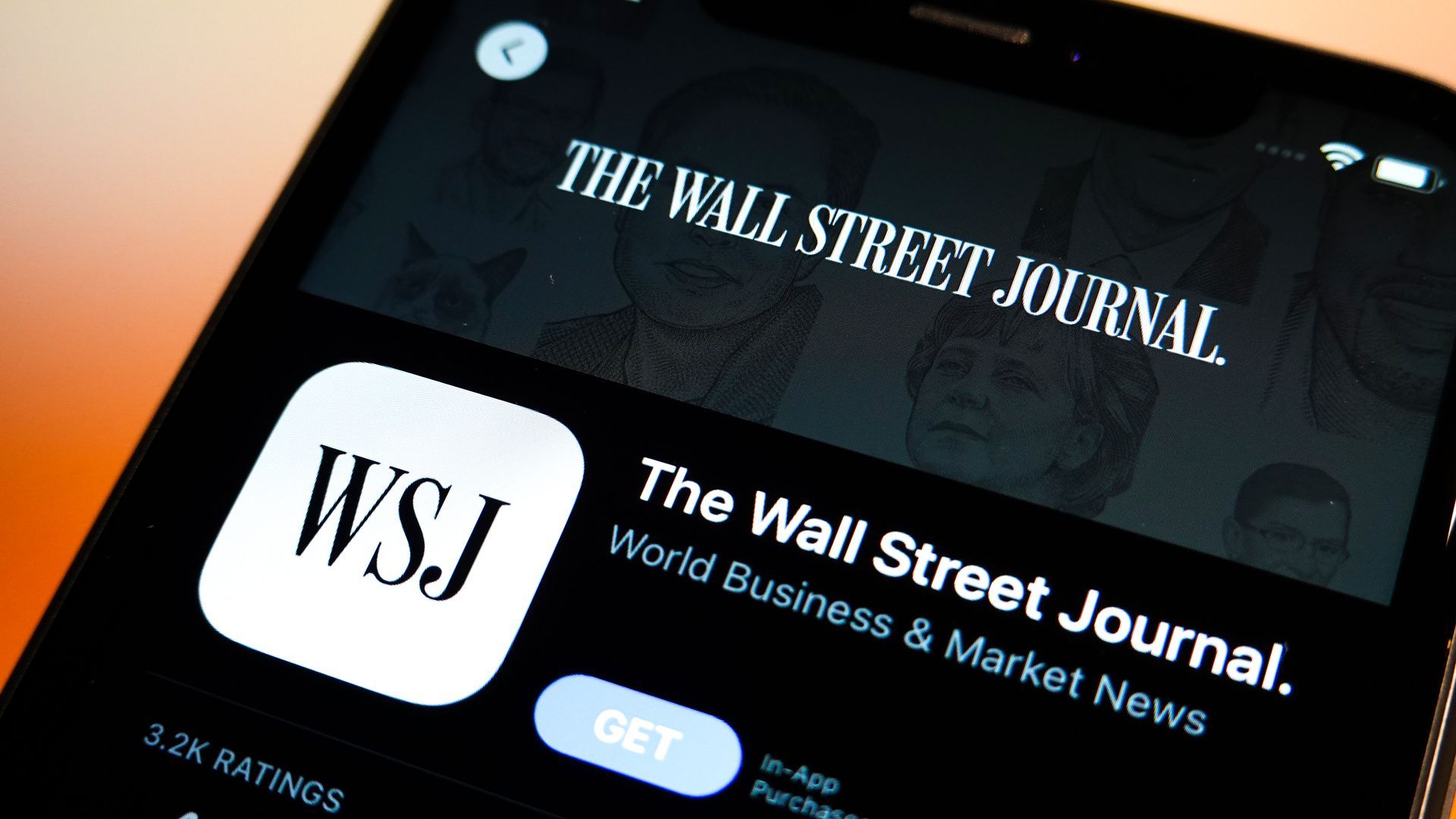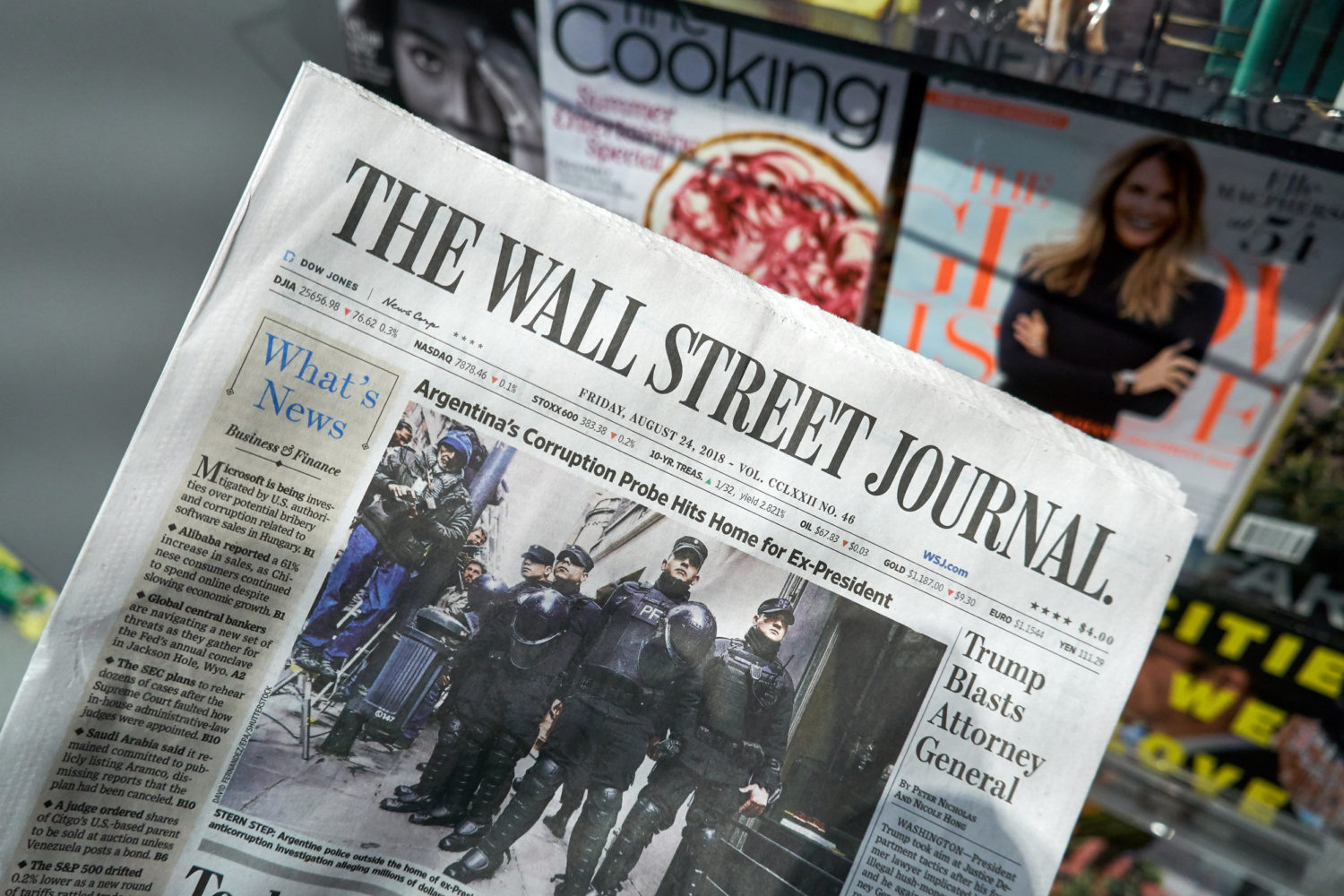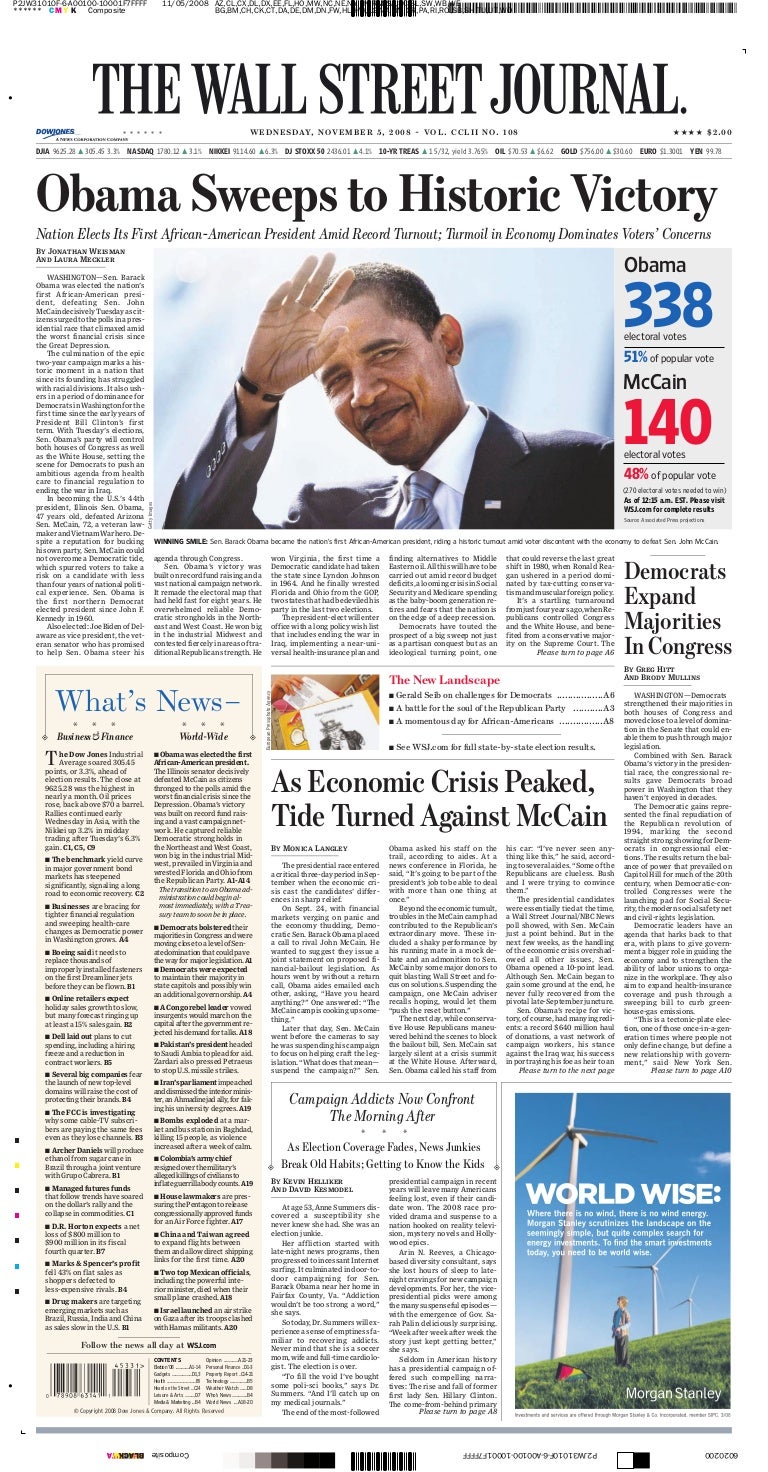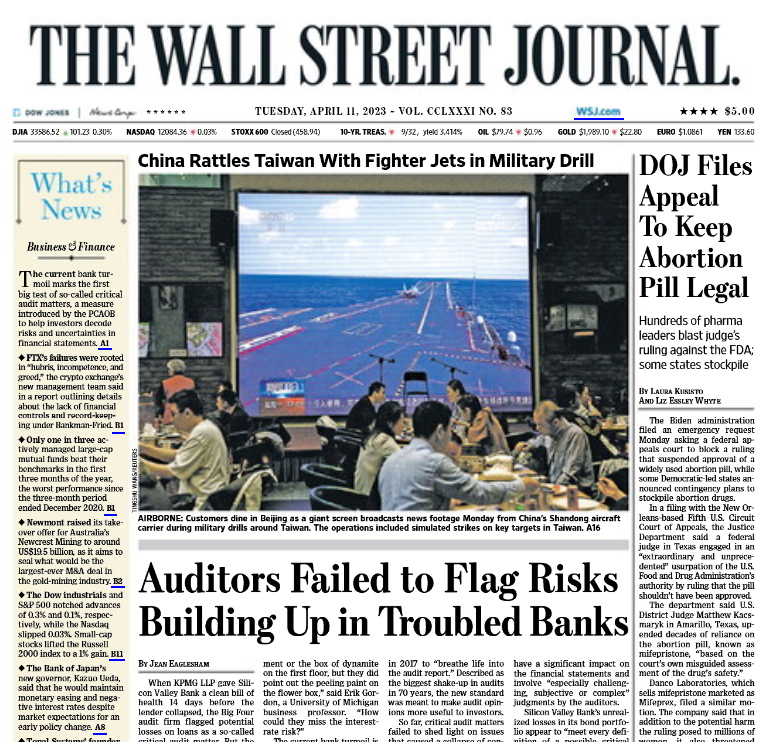Why Is The Wall Street Journal So Expensive

Consumers are questioning the hefty price tag attached to a Wall Street Journal (WSJ) subscription, prompting debate about the value of financial news in a rapidly evolving digital landscape.
This article breaks down the reasons behind the WSJ's premium pricing, examining factors from journalistic resources to brand prestige and exploring whether the cost justifies the content in an era saturated with information.
The Cost Breakdown: What You're Paying For
The Wall Street Journal's pricing varies based on subscription type, but a typical digital subscription can cost upwards of $400-$500 annually after introductory offers expire. Print subscriptions are even pricier. This contrasts sharply with many online news outlets that offer free content or lower-cost subscriptions.
Exclusive Content and Journalistic Resources
One key factor driving the WSJ's price is the investment in high-quality journalism. The publication employs a large team of experienced reporters, editors, and analysts specializing in business, finance, and economics.
This allows them to produce in-depth investigative reports, exclusive interviews with industry leaders, and sophisticated analyses of market trends – content not readily available elsewhere.
Brand Recognition and Prestige
The Wall Street Journal boasts a long-standing reputation for journalistic integrity and accuracy. Established in 1889, the WSJ has cultivated a powerful brand, perceived as a trusted source of financial information.
This prestige allows the publication to command a premium price, targeting a demographic willing to pay for perceived quality and reliability. Advertisers, too, are willing to pay more to reach the WSJ's affluent and influential readership.
Niche Audience and Targeted Value
Unlike general news outlets, the WSJ caters to a niche audience of business professionals, investors, and policymakers. This allows them to create content specifically tailored to their needs.
This targeted approach allows the WSJ to offer specialized data, tools, and analysis valuable to their core readership, justifying the higher cost for those who rely on the information for professional decision-making.
The Digital Landscape: Is It Worth the Price?
The proliferation of free or low-cost news sources online challenges the WSJ's pricing model. Many financial news sites offer similar reporting and analysis, raising questions about the added value of a WSJ subscription.
The value proposition hinges on individual needs. For professionals who require comprehensive market data, exclusive reporting, and a trusted source of information, the WSJ may justify the cost. Others may find alternative sources sufficient for their needs.
Ongoing Developments: Staying Competitive
The Wall Street Journal is actively adapting to the changing media landscape. They are investing in digital innovation, expanding their online offerings, and experimenting with new subscription models to attract a wider audience.
Ongoing developments include enhanced mobile apps, interactive data visualizations, and personalized content recommendations. These efforts aim to retain existing subscribers and attract new ones in an increasingly competitive market.
